DOE Begins Investigation of Vehicle Fire in WIPP Underground
CCNS NEWS UPDATE
Runs 2/14/14 through 2/21/14
(THEME UP AND UNDER) This is the CCNS News Update, an overview of the latest nuclear safety issues, brought to you every week by Concerned Citizens for Nuclear Safety. Here is this week’s top headline:
· DOE Begins Investigation of Vehicle Fire in WIPP Underground
The Department of Energy (DOE) Accident Investigation Board arrived at the Waste Isolation Pilot Plant (WIPP) on Monday, February 10th to begin their investigation of the salt-hauling vehicle fire. The fire started on the morning of Wednesday, February 5th when a truck used for hauling salt in the underground WIPP mine caught fire for as yet unknown reasons. The vehicle was being used to prepare space for proposed heater tests. Immediate attempts to put out the fire were unsuccessful. http://www.wipp.energy.gov/
All workers were safely evacuated to the surface. Six employees were treated for smoke inhalation at the Carlsbad Medical Center and then released. Four of them continue to be monitored by medical staff at the WIPP site. Operations were suspended and shipments to the site were stopped.
WIPP is the nation’s only disposal site for plutonium-contaminated waste from nuclear bomb production. The fire occurred in the northern part of the underground mine, near the salt handling shaft from which smoke billowed at the surface. The shaft is more than 1,500 feet away from the nearest waste disposal rooms.
The Accident Investigation Board, comprised of officials from the DOE and the Mine Safety and Health Administration, will be supported by experts in the areas of fire protection, ventilation and mine safety. How much time the investigation will take has not been decided.
The Defense Nuclear Facilities Safety Board previously has raised issues about the adequacy of the fire protection system in the underground. In 2011, the Defense Board, an independent federal agency that watches the DOE weapons sites around the country, reviewed the WIPP Fire Hazard Analysis, which assesses fire hazards and associated protections. http://www.dnfsb.gov
The Defense Board stated, “The Board’s staff is concerned that the [Fire Hazard Analysis], while containing a complete analysis of the aboveground operations, does not adequately address the fire hazards and risks associated with the underground operations. Of particular concern to the staff is that the [Analysis] fails to recognize the potential impact of a fire on WIPP’s ability to process waste, and ultimately on the ability to reduce inventories of transuranic (TRU) waste at other DOE sites.”
In its December 2011 response, DOE stated, “Small fires would likely be detected and extinguished by facility personnel using the extinguishers positioned throughout the occupied portions of the mine.” http://www.dnfsb.gov/board-activities/letters/doe-response-board-june-24-2011-reporting-requirement-outlining-actions-tak
Don Hancock, director of the Nuclear Waste Safety Program at the Southwest Research and Information Center, in Albuquerque, said, “The underground fire at WIPP should have been quickly extinguished, but it was not. Clearly, the fire protection system proved to be inadequate and must be improved.” http://www.sric.org
Hancock added, “The investigation should examine whether non-essential activities, such as proposed heater tests, increase underground fire hazards.”
This has been the CCNS News Update. To learn more, please visit our website at http://www.nuclearactive.org and like us on Facebook.



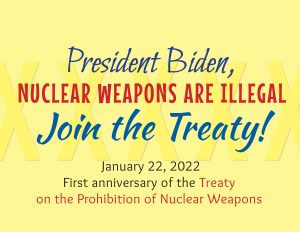
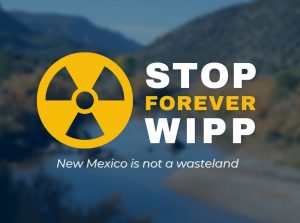






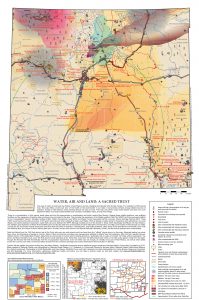
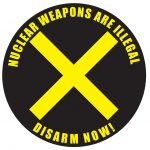
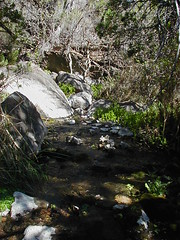

Comments
No comments so far.